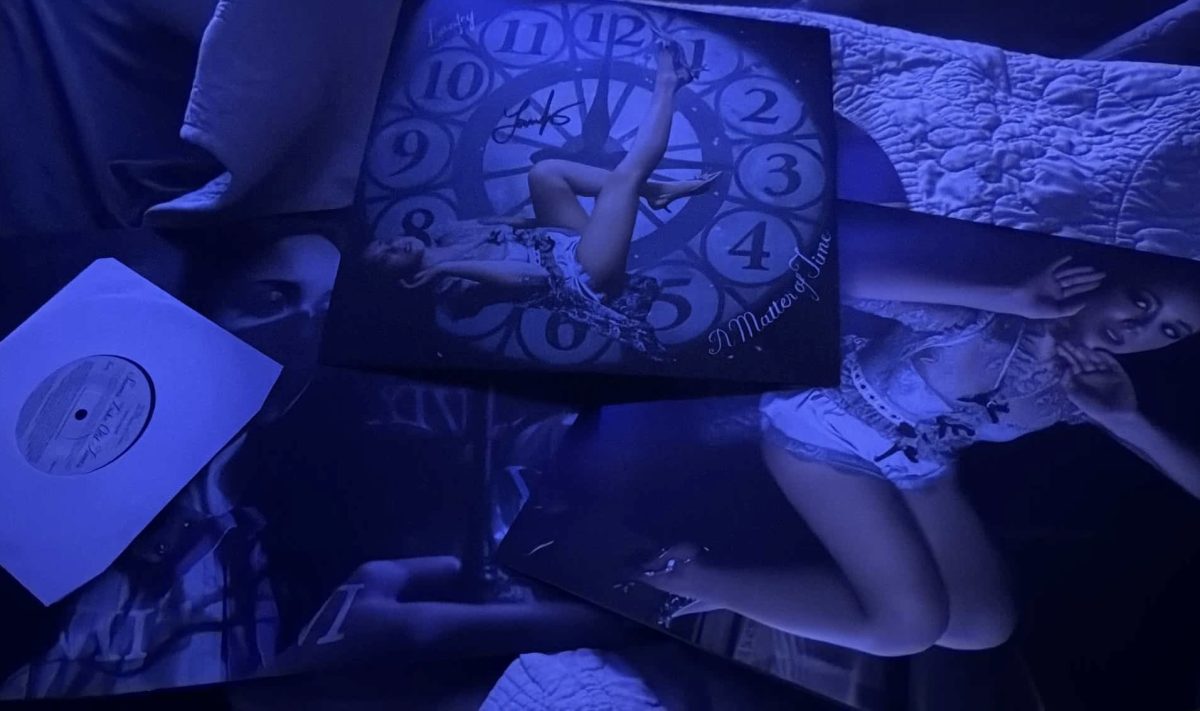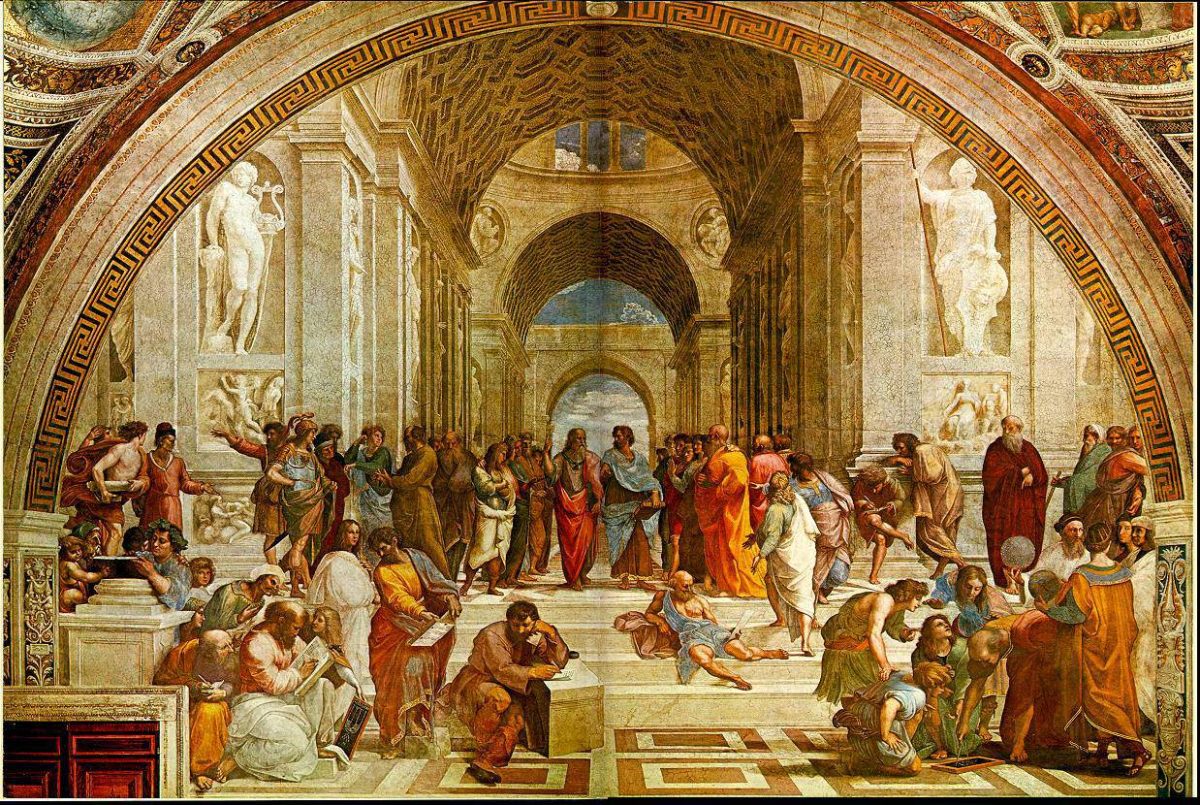In an exchange with her bandmate and later husband Chris Perez, a young Selena Quintanilla says, “I guess everybody has a B side,” referring to the A and B sides on records, with A typically being the mainstream side and B the more unorthodox side. Chris responds with, “Nobody’s just one thing.”
Mexican-American Selena rose to stardom in the Tejano genre of music at the age of 16 when she was named Female Vocalist of the Year at the Tejano Music Awards. With her career cut short by her untimely death at the age of 23, Selena became ever frozen in time as a bright rising star and a trailblazer in both Latin America and around the world.
The adoption of this idealized image of Selena resulted in the erasure of the relatability that once drew tens of thousands to identify with her. Executively produced by the star’s father Abraham Quintanilla Jr. and sister Suzette Quintanilla, Netflix’s new show Selena: The Series seeks to return this relatability to Selena, rebranding her as more than just a legend. However, the extent of its success is rather limited.
Christian Serratos stars as the teenage and adult Selena. The series’ desire to capture an amalgam of teenage angst, self-discovery and rise to fame in her character made for an even more demanding role, which Serratos certainly delivers. She embodies Selena’s trademark vibrant, charismatic persona with just the right amount of vulnerability and agita to make the character relatable to any viewer.
Despite this excellent portrayal, the writing of the series seems to fail Selena. Her character is illustrated as rather pensive, often portrayed in scenes where she is staring off into the distance, lost in thought in quite a romanticized fashion. There is only a mere glimpse into Selena’s thoughts and dreams from the series.
However, the cinematography is certainly deserving of praise. The show’s filming was nothing short of instrumental in the shaping of its depth and authenticity. The portrayal of Selena’s moment of despair through the eyes of strangers watching from a diner window, as they excitedly realize it is Selena outside, takes the scene to another level. The diner window serves as a metaphorical looking glass for Selena’s eagerly waiting fans, as looking from the outside, they could never truly comprehend the reality of what was happening in her life at that moment.
Selena: The Series addresses a struggle that is not often highlighted. The singer’s difficulty in learning Spanish and connecting with her Mexican heritage extends well into her teenage years and is reflective of what many people of Latinx descent face.
While the series does an excellent job of developing Selena’s discovery of cultural identity through music, it seems to overlook some of the compelling issues associated with being Latinx in the United States. For example, when Selena faces the fetishization of women of color by the entertainment industry and the desire for her to be illustrated as “exotic,” her father initially contests, but he was eventually worn down. Thus, the issue is not addressed much further in the series.
Although Selena does not seem to complain, it is made clear that her father controlled her life so that the band stayed at the center of her life with even her schooling taking a backseat to the band.
In the vicarious pursuit of his own dreams through his children, Selena’s father appears to have silenced his children and their true passions, particularly Selena. Through the series we unfortunately once again witness Selena be silenced even in death through the lack of dimension in her character.








